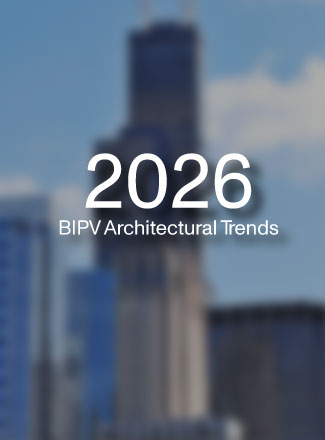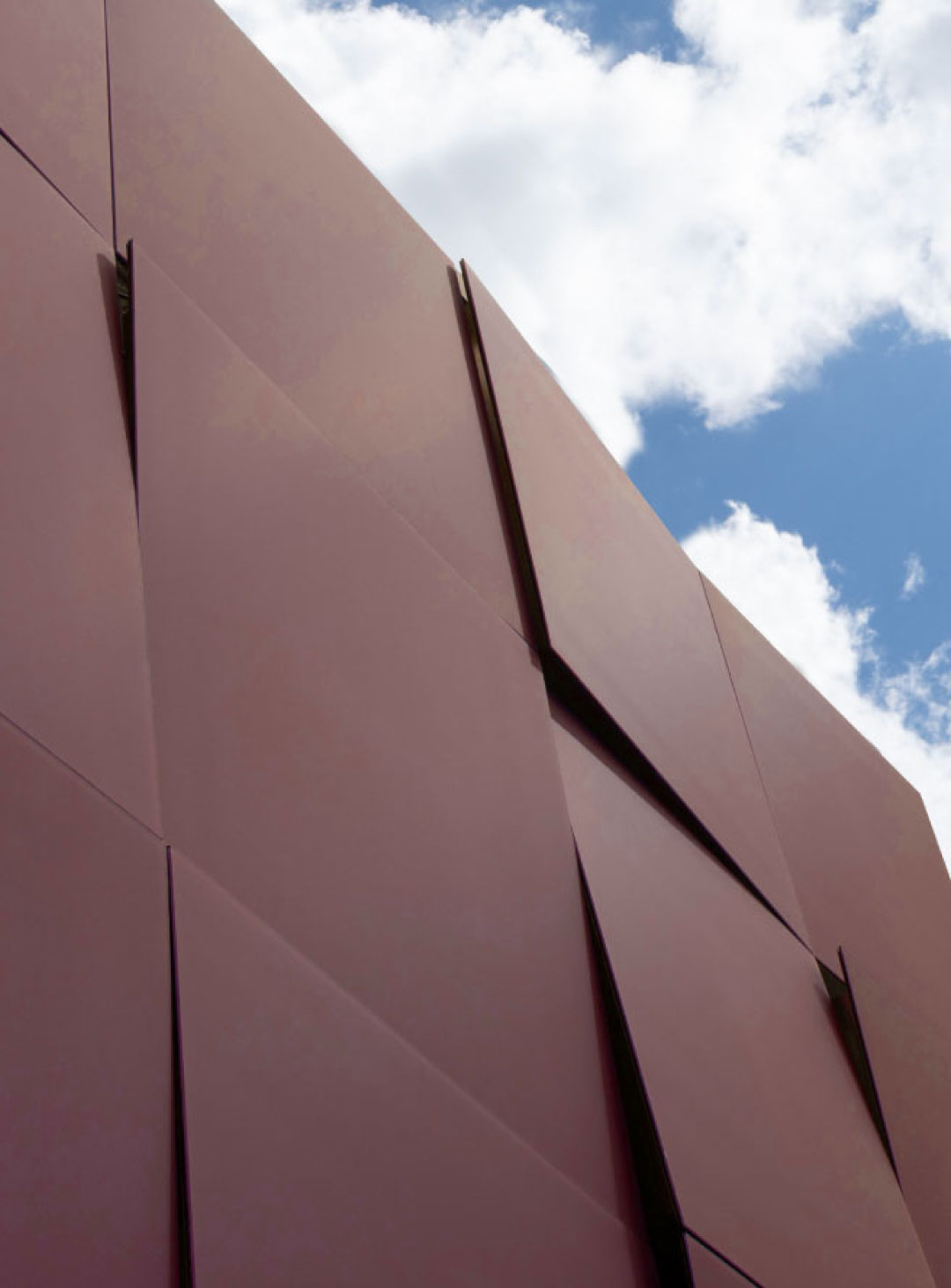
BIPV
December 6, 2022

Building-integrated photovoltaics (BIPV) refers to using photovoltaic (PV) technology as a component of a building's envelope rather than as a separate technology added to the building's exterior. Because BIPV is integrated into the building itself, it can help to reduce the amount of energy that a building consumes from the grid, which in turn can help to reduce its carbon footprint.
One of the key advantages of Building-integrated photovoltaics is that it can generate clean, renewable energy from the sun, which is a much more sustainable and environmentally friendly energy source than fossil fuels like coal, oil, and natural gas. Because BIPV systems generate electricity without emitting greenhouse gases or other pollutants, they can help to reduce a building's overall carbon footprint.
In addition to generating clean energy, Building-integrated photovoltaic systems can also help to reduce a building's energy consumption by providing shade and insulation. By shading windows and other parts of the building's envelope, BIPV systems can help to reduce the amount of heat that enters the building, which can reduce the need for air conditioning and other cooling systems. This in turn, can help to reduce the building's overall energy consumption and carbon emissions.
Another potential benefit of Building-integrated photovoltaics is that it can help to improve a building's energy efficiency. By generating electricity onsite, BIPV systems can reduce the amount of energy that a building needs to import from the grid, which can help to lower energy costs over the long term. In addition, because BIPV systems are integrated into the building itself, they can help to reduce the overall weight and complexity of the building, which can make it easier to design and construct.
In conclusion, building-integrated photovoltaics can help to reduce a building's carbon footprint in several ways, including generating clean, renewable energy from the sun, providing shade and insulation, and improving energy efficiency. By leveraging the power of the sun, BIPV systems can help to make buildings more sustainable and environmentally friendly.
News & Articles

Mitrex BIPV is engineered to match—and exceed—the lifespan of high-performance building envelope systems, delivering structural durability, long-term energy output, and measurable sustainability benefits. This article outlines the testing, certifications, and warranties behind solar facades designed to perform for decades across global climates and project types.

Mitrex BIPV is engineered to match—and exceed—the lifespan of high-performance building envelope systems, delivering structural durability, long-term energy output, and measurable sustainability benefits. This article outlines the testing, certifications, and warranties behind solar facades designed to perform for decades across global climates and project types.

Design-driven solar façades are the future—and in 2026, building-integrated photovoltaics (BIPV) must meet high architectural standards as well as performance benchmarks. This blog highlights five architectural design trends that are shaping next-generation BIPV applications and how Mitrex products—from custom murals to landmark towers—are making them a reality.

Design-driven solar façades are the future—and in 2026, building-integrated photovoltaics (BIPV) must meet high architectural standards as well as performance benchmarks. This blog highlights five architectural design trends that are shaping next-generation BIPV applications and how Mitrex products—from custom murals to landmark towers—are making them a reality.

This blog introduces eFacade TILT, Mitrex’s newest BIPV product that blends solar generation with architectural depth. Featuring tilted modules, 23 available colours, and seamless rainscreen system integration, TILT transforms flat walls into high-performance, three-dimensional assets.

This blog introduces eFacade TILT, Mitrex’s newest BIPV product that blends solar generation with architectural depth. Featuring tilted modules, 23 available colours, and seamless rainscreen system integration, TILT transforms flat walls into high-performance, three-dimensional assets.